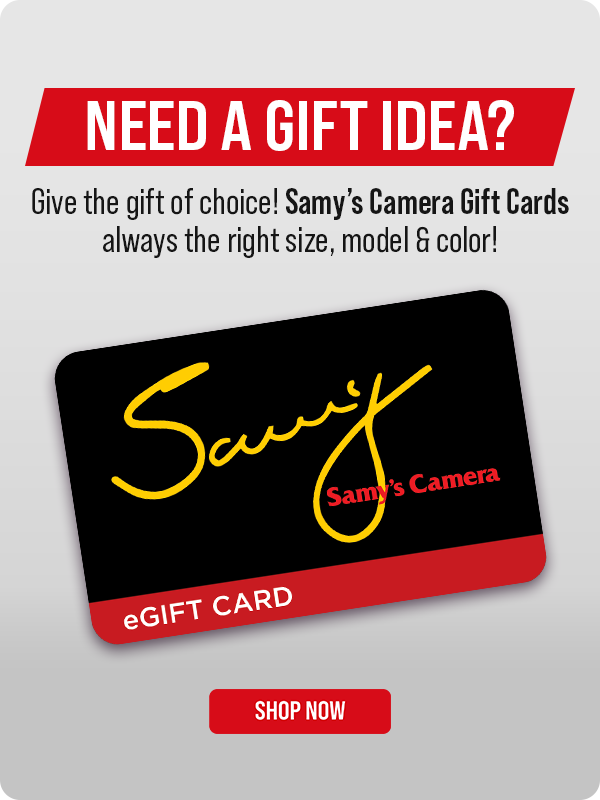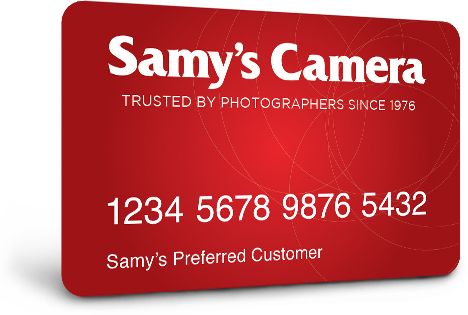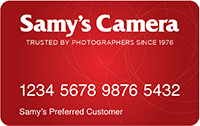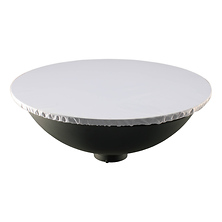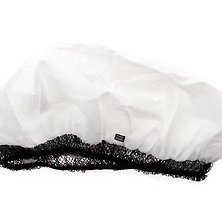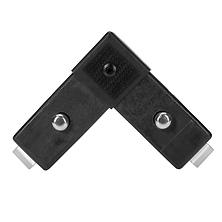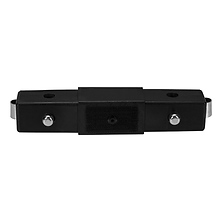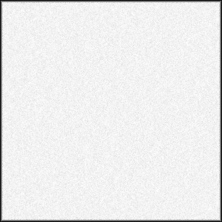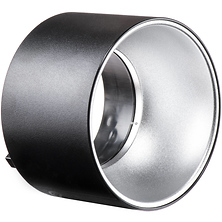Achieve flawless control over your lighting setup with professional light modifiers, diffusers, and reflectors from Samy's Camera. Designed for both studio and on-location photography, these tools help capture perfect tones and balanced exposures. Whether you're a seasoned commercial photographer or a hobbyist exploring portrait lighting, our collection offers precision control and reliability for every project.
Mastering Light for Every Creative Vision
Light modifiers, diffusers, and reflectors are essential components of every photographer's toolkit. They allow you to sculpt light to achieve specific moods and textures, giving your images depth and dimension. Samy's Camera carries a comprehensive selection from trusted brands like Westcott, Profoto, and Godox ensuring consistent quality for both professionals and beginners.
Types of Light Modifiers and Their Uses
From umbrellas that spread light evenly to grids that focus it precisely, choosing the right modifier can make all the difference. Softboxes and beauty dishes deliver smooth, diffused light ideal for portraits and product photography, while reflectors bounce natural or artificial light for a clean, professional finish. Diffusers help soften harsh shadows, making them perfect for outdoor shoots or video productions.
Designed for Every Shooting Environment
Whether you shoot in a controlled studio or dynamic outdoor locations, our range of modifiers adapts easily to your environment. Lightweight collapsible reflectors make on-location setups effortless, while sturdy mounts and diffusers pair perfectly with continuous lighting systems. You can find compatible accessories in our Studio Lighting and Light Stands & Mounting collections.
Frequently Asked Questions (FAQ):
What Does a Light Diffuser Do?
A light diffuser is a device or material that scatters light that passes through it in multiple directions. When using a light diffuser, you are reducing the intensity of shadows and creating softer, more evenly distributed light. Light diffusers are commonly used light modifiers for photography, stage lighting, and film and video production.
Why Do Photographers Use Light Reflectors?
Photographers use light reflectors as light modifiers to better control the lighting for their shots. They are used to fill shadows, add highlights, or change the overall balance of light in a photograph. Light reflectors are most commonly used in portrait and product photography to add natural-looking fill light that emphasizes details.
What Are the Best Light Modifiers for Portrait Photography?
For portrait photography, beauty dishes, softboxes, and large photography umbrellas are highly recommended. Beauty dishes create a natural, yet focused light, softboxes offer a soft, flattering illumination, and umbrellas diffuse light evenly, reducing harsh shadows and highlighting facial features effectively. Using these lighting tools together gives you greater creative control over the lighting and mood for your photos.
What's the Difference Between a Snoot and a Light Grid?
A snoot channels light into a tight, concentrated beam, perfect for creating dramatic spotlight effects and isolating subjects. In contrast, a light grid allows for more controlled and even light distribution, softening the edges of the light, and reducing spill for more precise lighting in photography.
Can Photography Umbrellas Be Used Outdoors?
Photography umbrellas are indeed versatile for both indoor and outdoor use. Outdoors, they excel in softening harsh sunlight, reducing shadows, and providing balanced lighting. Their portability makes them ideal for on-location shoots, helping photographers achieve studio-quality lighting in various natural environments. However, like a regular umbrella, they are affected by wind so be sure to stabilize your equipment or avoid windy conditions.
Is There a Difference in Using Light Modifiers for Video Versus Still Photography?
Yes, the key difference lies in lighting continuity. For video, light modifiers must support continuous lighting, ensuring steady, flicker-free illumination. Softboxes, diffusers, and reflectors are adapted to provide consistent lighting, crucial for maintaining visual uniformity throughout video recordings, unlike the more static needs of still photography.
What Is the Best Light Angle for Portrait Photography?
For optimal portrait photography, position the light source at a 45 to 60-degree angle towards the subject, combined with a top-down 45-degree angle to illuminate the face. This setup creates a flattering balance of light and shadow. Additionally, using a reflector on the unlit side of the face increases exposure, enhancing facial details and creating a more dimensional image.
Why Choose Samy's Camera
For more than five decades, Samy's Camera has been the trusted source for photographers who demand quality and expertise. Our team of professionals provides personalized support to help you select the best light modifiers and reflectors for your creative goals. We offer top-rated products, in-depth knowledge, and a sense of community that empowers every photographer to achieve their vision.
Our collection of light modifiers, including light diffusers, light reflectors, beauty dishes, photography umbrellas, snoots, and light grids, are essential for any photographer looking to expand their skills and creativity. Photography umbrellas, for example, can be used to create a soft, natural-looking light or a more dramatic, contrasty light. Beauty dishes provide a more focused and directed light, perfect for portrait photography. Snoots and light grids allow for precise control over the spread of light, enabling even more creative possibilities.
Frequently Asked Questions (FAQ):

